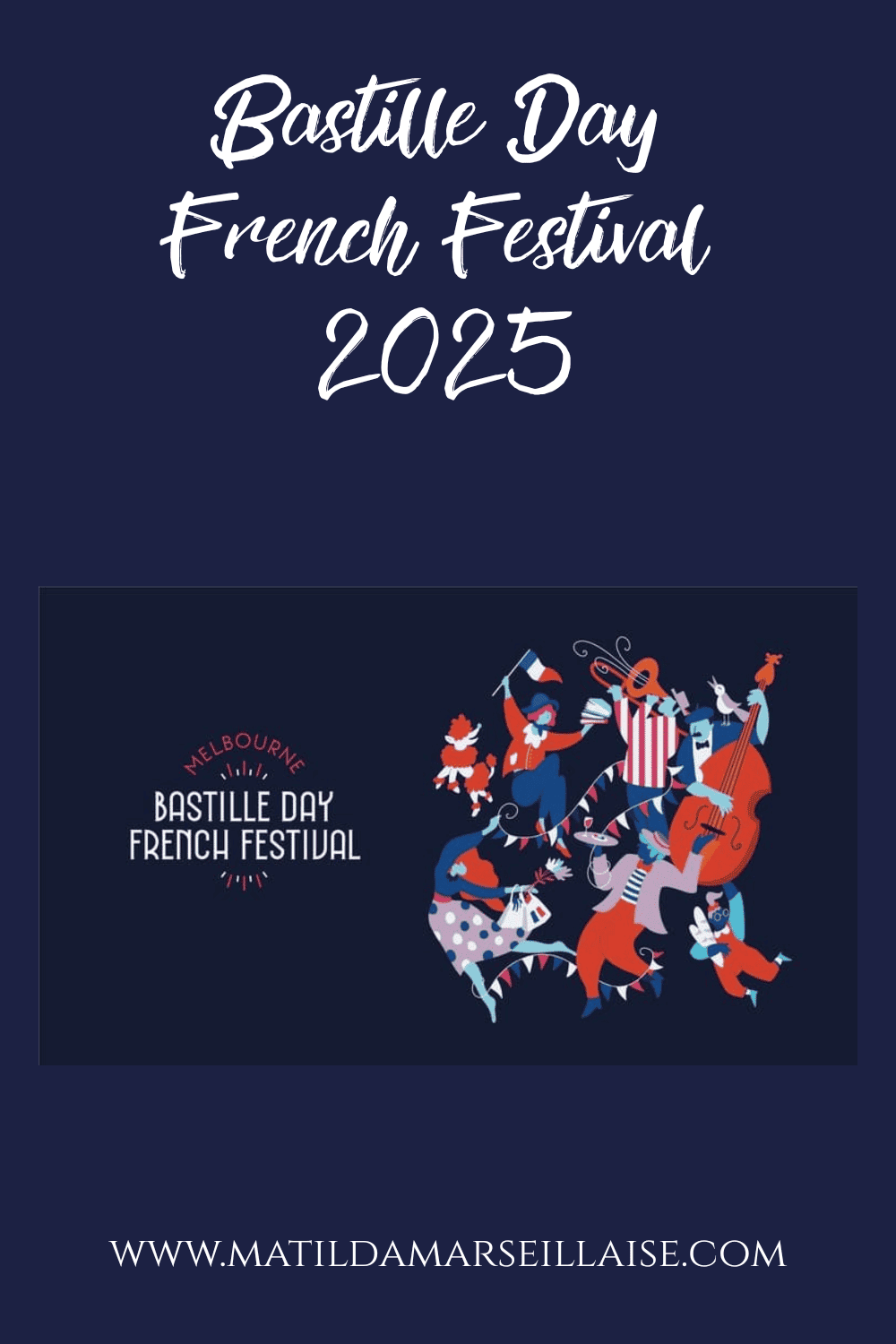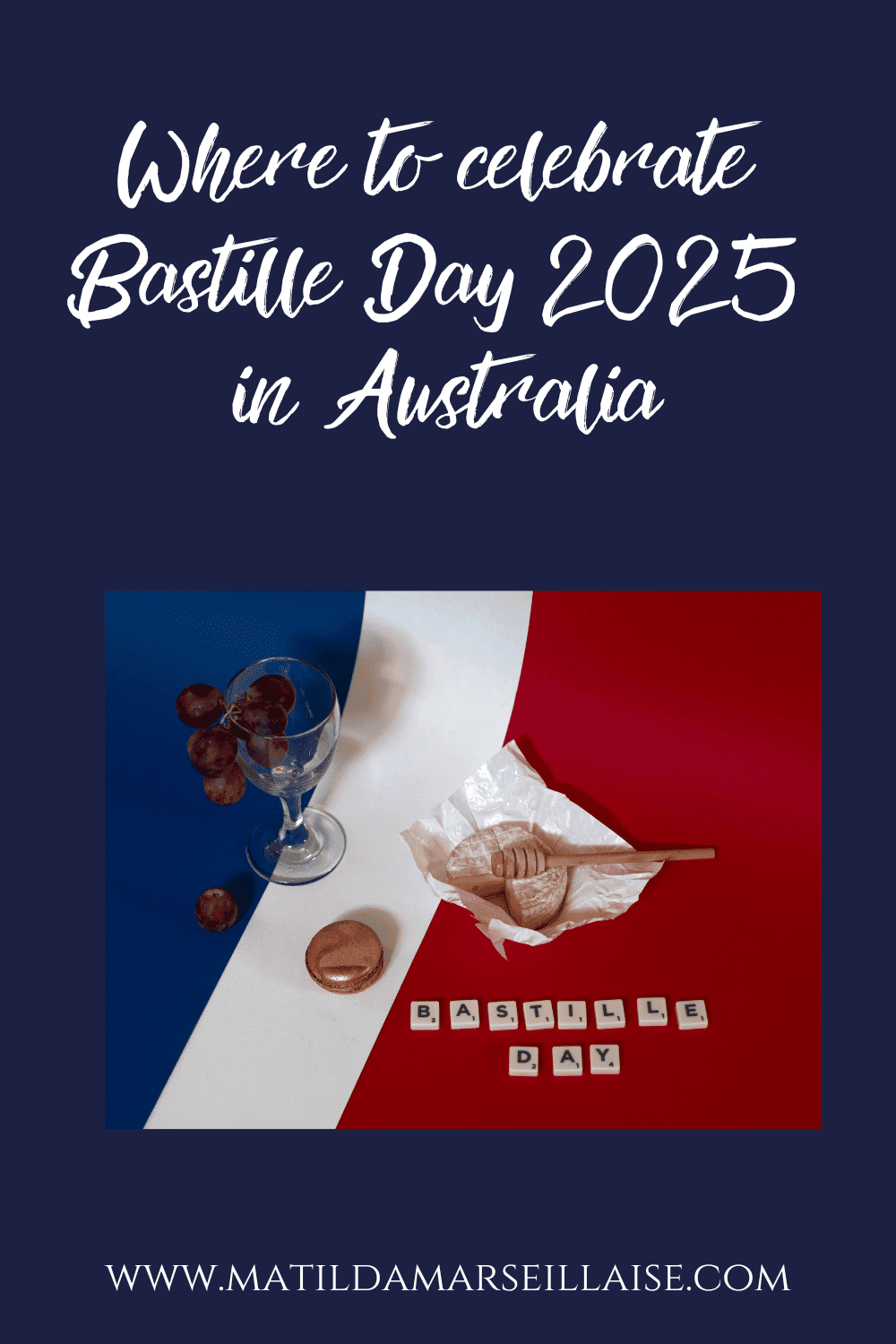On Wednesday night, I attended the Adelaide Langton’s Classification wine tasting event. Langton’s Classification VII has just been released and sets out the pinnacle of Australian fine wine. Entry into the exclusive list is given based only on a wine’s sterling reputation (accumulated over a minimum of 10 vintages) and its impeccable track record at auction. The Classification is updated every four years.

What’s the Langton’s Classification?
Langton’s Classification VII comprises 136 wines. This is quite a growth from the original Classification in 1990, in which there were just 34 wines. It is known as the ‘Honour Roll’ of fine Australian wine.
The Classification is split into 3 categories: Exceptional (22 in this category this year), Outstanding (46 in this category this year) and Excellent (68 in this category this year).
Exceptional
The most highly prized of all Australian fine wines. Representing generations of effort and character of place.
Outstanding
The best of Australian winemaking practices, vineyard provenance and regional voice.
Excellent
Australian wines of consistent merit. Steadfast, popular and expressive.

How to be included in the Classification?
The two basic requirements for inclusion in the Classification are that a wine has been made for a minimum of 10 vintages and that it has a track record in the secondary market.
Eligibility rests on how well a wine performs in an open market – the volume of demand it attracts and the prices it realises. Ultimately, the reputation of a wine is based on its auction pedigree – the record it builds up, over time.
What made it this year?
Penfolds Grange heads the list as it has since 1990, now joined at the top by Henschke’s Hill of Grace, Leeuwin Estate Chardonnay, Mount Mary Quintet and Wendouree Shiraz – the Australian equivalents of France’s revered Grand Crus.
Classification VII has seen:
- 13 new entrants,
- 136 wines in total across three tiers, and
- 3 fewer wines than in Classification VI.
You can see all the included wines and their relevant classifications here. Of the 136 wines, there is only one sparkling included and at that it is a sparkling red being the Rockford Black Shiraz.

Going back to the original Classification, the six wines in the ‘Outstanding (B)’ category were
- Henschke Hill of Grace Shiraz,
- Mount Mary Cabernets,
- Penfolds Bin 707 Cabernet Sauvignon,
- Petaluma Coonawarra (Cabernet Merlot),
- Wynns Coonawarra Estate John Riddoch Cabernet Sauvignon, and
- Yarra Yering Dry Red Wine No. 1 (Cabernet blend).
All six remain in the Classification today but some are at different levels.
The events
The event now moves to Perth on 16 September and to Brisbane on 19 September.
Tickets are $150 for the Outstanding category or $330 for the Exceptional category. The difference between these two categories of ticket is that with the more expensive Exceptional category you get to taste the wines that are in the Exceptional category as well as the Outstanding and Excellent category wines.
The events give you:
- access to the country’s top owners, winemakers, and growers
- the chance to taste over 100 of this year’s Classified wines, valued at over $10,000!*
- a hardcover copy of the VII Classification book
- a Riedel tasting glass with your event gift bag
*Accumulative value of the wines on tasting. Full price has been calculated based on bottle prices supplied by each individual winery.
The event was a wonderful occasion to sample wines both that I had heard of and never heard of and to get to chat to the winemakers and owners themselves. A wonderful event that happens only once every four years so don’t miss out because it’s a long wait til the next one!
Matilda Marseillaise was a guest of Langton’s




